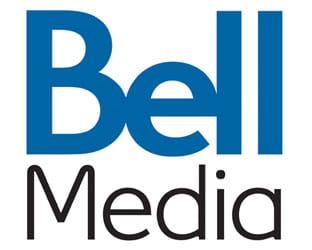A year after giving his forecast for the network TV business in 2009 at the UBS 36th Annual Global Media and Communications Conference in New York, CBS Corporation Chief Research Officer David Poltrack had a simple summary for the outlook he presented to the 37th gathering: “It is much better than the outlook for 2009.”
The veteran researcher said the bet that the networks made at this year’s Upfront, holding onto inventory rather than sell at low prices, is now paying off. Both his boss, Les Moonves, and Disney CEO Bob Iger told the UBS conference that scatter pricing is now running about 25% ahead of the Upfront.
“I would characterize the current advertising market as moving in the right direction, but still impeded by anxiety,” Poltrack said. “Advertisers are trying to stay flexible. They see the turnaround coming and they want to get out in front of the competition to capture share going into the turnaround. However, they still fear getting too far out in front of the consumer. They still have one foot on the brake and one foot on the gas.”
Here comes the outlook:
“So, I’m going to go out on the limb a bit and forecast a 5% gain in advertising revenues for the broadcast networks in 2010. Subtracting out incremental money coming from the Winter Olympics, the underlying growth rate is 3%, with most of the improvement taking place in the second half of the year,” Poltrack forecast.
Poltrack added the caveat that the preemptive impact of the Olympics should be somewhat lower than in the past, since the NBC primetime audience base is lower, due in part to the decision to reduce available GRPs by running “The Jay Leno Show” five nights a week in primetime. Also, he’s not sure how NBC Universal will allocate the Olympics revenues between the broadcast network and its various cable networks taking part in coverage of the massive sporting event.
If you think ad-supported media is on the wane, think again. Poltrack shared some research into whether consumers are willing to pay out of their own pockets to avoid commercials. It found that that “free with commercials trumps without commercials at a price – that is true even with the limited number of ads currently seen on online videos, but it also would remain true, according to our viewers, if the ads were increased significantly, even up to the current television level.”




